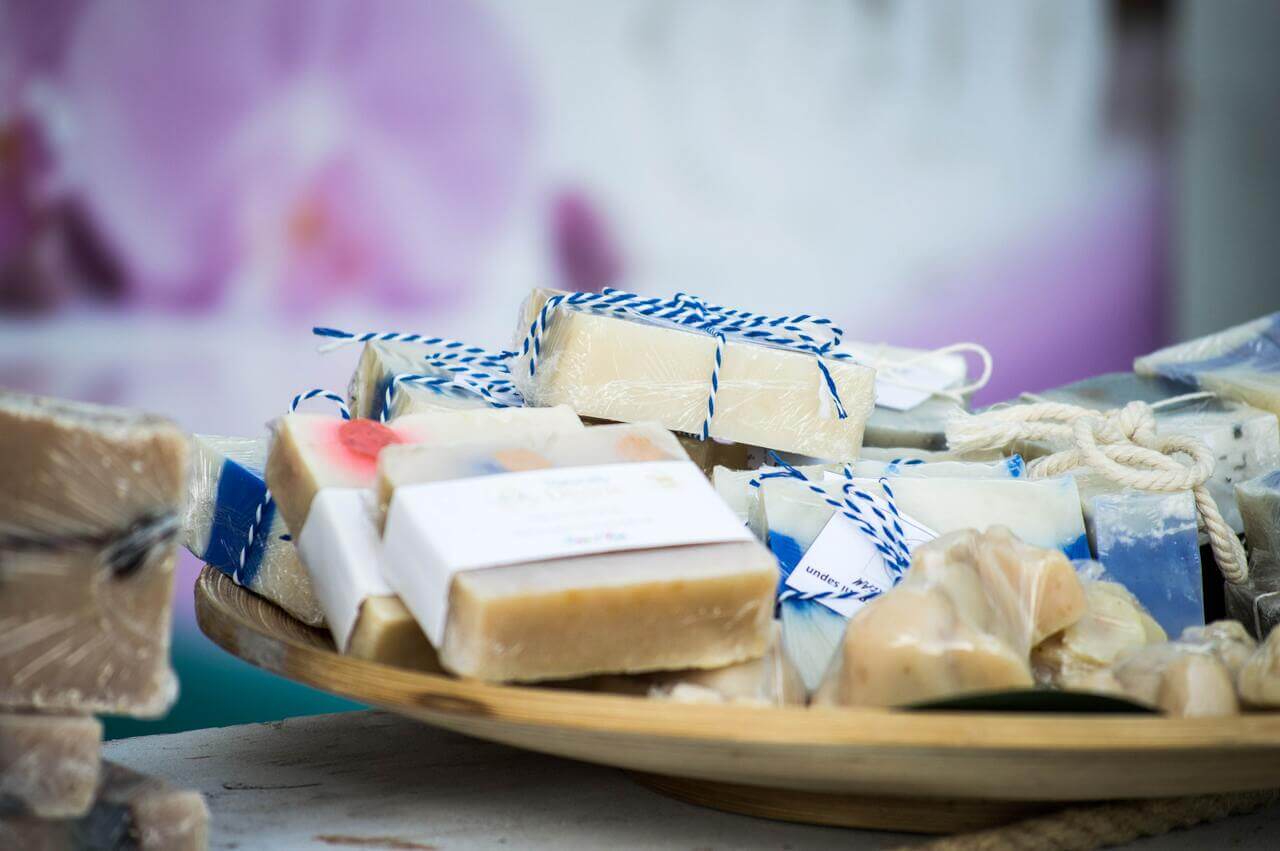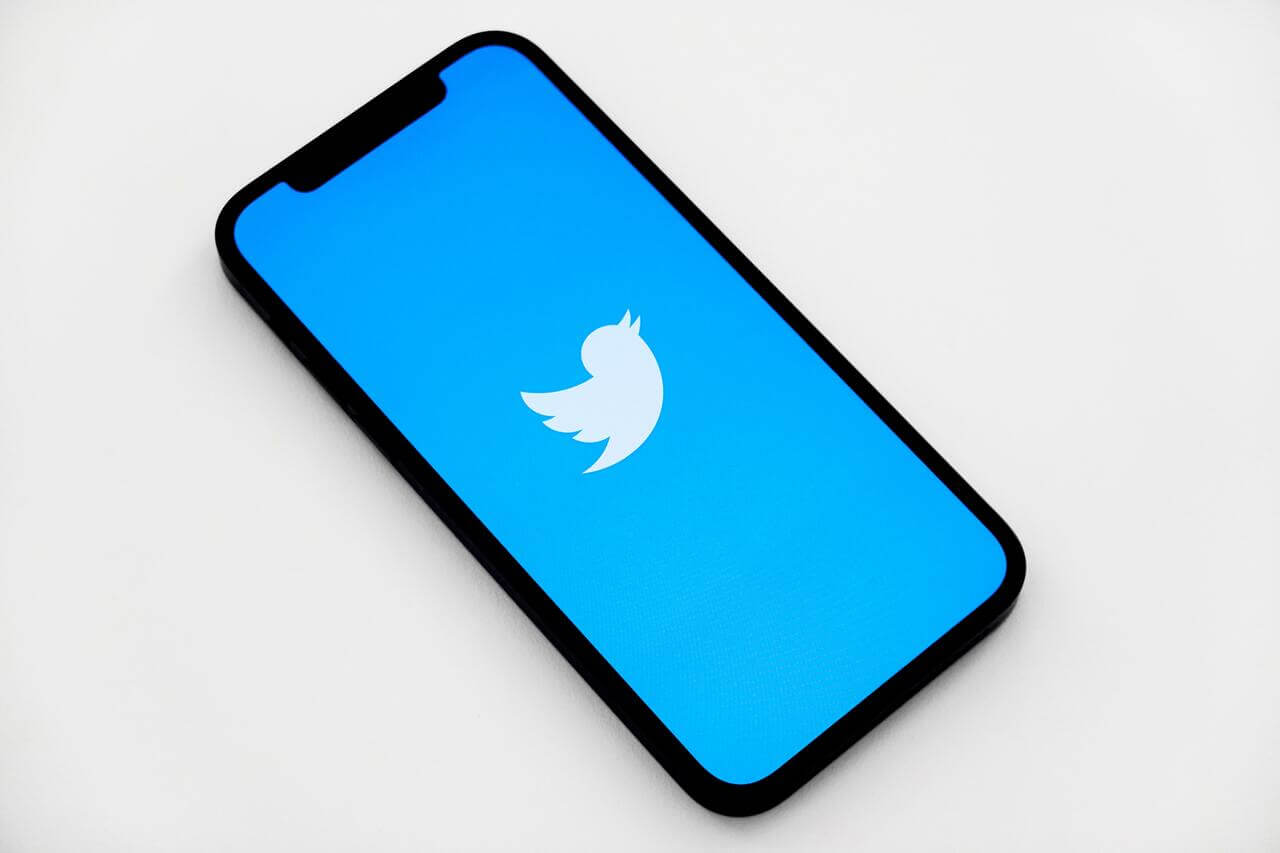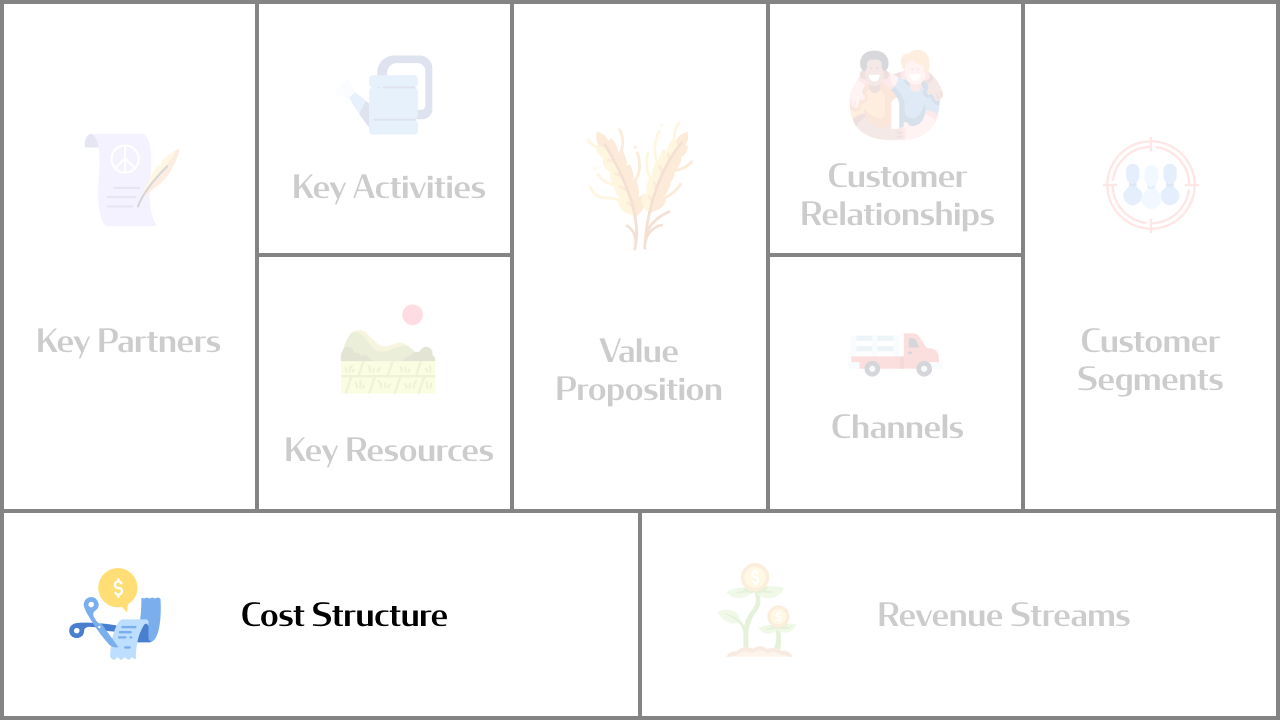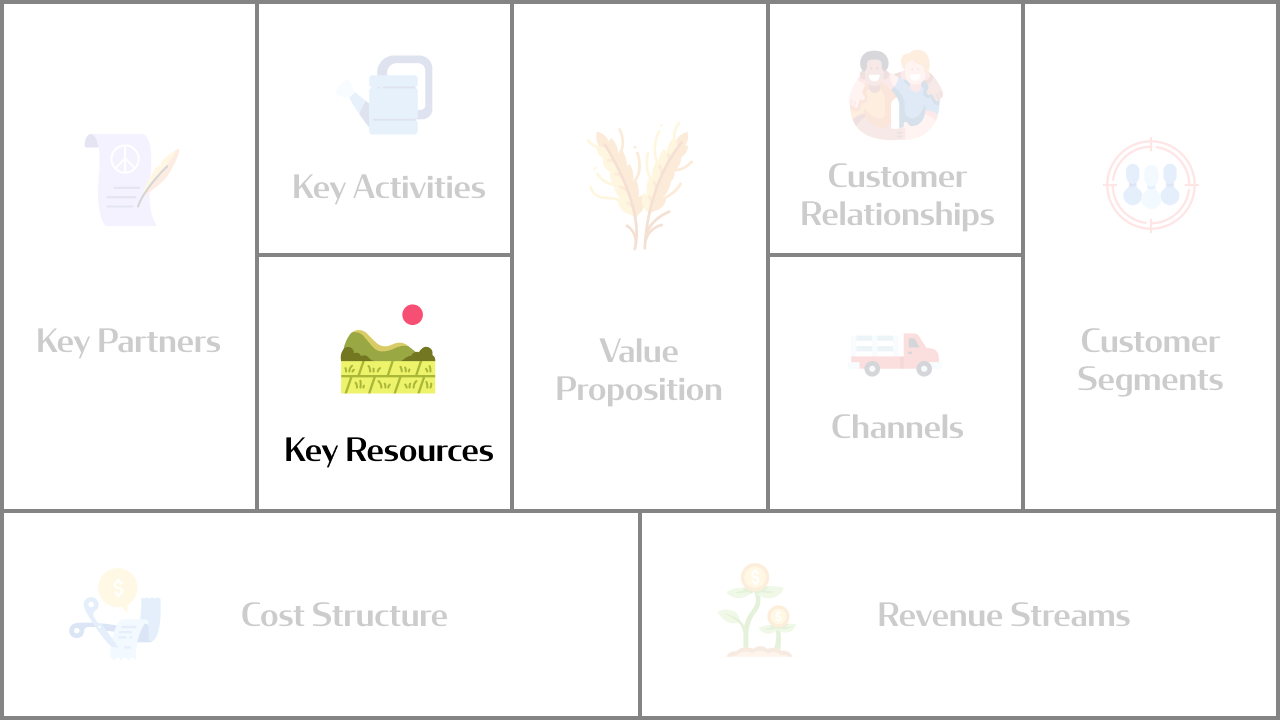There are plenty of mass-manufactured shampoos, soaps, and facial creams on the market today. However, there is a growing segment of the population that’s opting to use beauty products that are made from non-toxic, organic materials. The homemade beauty product market is growing, and if you have an aptitude for it you could be one of the self-made business people who make a profit from this emerging market.

What is it all about?
This project will require two things from you. First, you want to be able to learn how to make the products. Second, you’ll want to learn how and where to sell your products. This venture is all about self-reliance and providing a service to the public. It’s also about learning how to make something from nothing, and selling that something to interested people.
Who is this business idea suitable for? What qualities, attitude, or skills does it require?
The skills needed to craft homemade beauty products are varied. For example; the process for making soap is different from making shampoo. If you don’t know how to make any of the products you want to make, don’t worry. The internet is full of how-to guides, and learning how to make organic beauty products is easier than you would think. However, it’s recommended that you master one type of product at first.
How much time or money does it require to start and operate?
This is going to depend on which product you want to start selling first. While most homemade beauty products are easy to make, some take longer to make because of the process in which they’re made. Mass-producing soap takes longer than mass-producing shampoo, and mass-producing face creams can be tedious and time-consuming. With all that being said, it’s not going to take a large portion out of your life. If you have at least a couple of hours a day of downtime you’ll have enough time to create and sell your product.
The initial cost will also depend on which product you want to start making. Shampoo may be the cheapest to make, but you can sell soap for a hefty profit. You can expect the overhead cost to be somewhere between 50-200 dollars depending on how ambitious you are in regards to the amount of product you want to make.
Business model
Customer Segments: who is the target audience?
Women between the ages of 18 and 50 are more likely to search for organic, homemade beauty products. They should be who you market to the most.
Although, as time goes on more and more men are becoming conscious of the toxic chemicals found in name-brand beauty products. If you find yourself doing well with women, consider producing more male-oriented products so you can expand your consumer base.
Value Proposition: what customers are willing to pay for?
You should emphasize your products being organic. People are tired of fortune 500 companies knowingly poisoning them with toxic detergents that dry out their skin and fry their hair. Organic brands have a higher retail price, so you have to give prospective customers a reason to choose you over a cheaper name brand. Perhaps making the ingredients easy to read, or sending pamphlets with a promise to always use nontoxic ingredients in your products would help you.
As a rule, customer service is one of the cornerstones of building a business up to the point of being sustainable. If a potential customer calls you and has a laundry list of questions you should answer them pleasantly and clearly. When it comes to beauty products, people are going to have questions about the ingredients you chose to use. Make sure you leave them feeling heard and cared for by the end of the conversation. You want to be able to say that your customer service is unparalleled.
Channels: what channels should you use to provide or inform prospects about the value proposition?
Social media is key to getting your message out. Twitter, Facebook, Snapchat, Instagram, etc., etc. You should be posting your value proposition daily in order you grow your brand. You should also consider building your own website so you can control the look and feel of your brand. Having your own website will also allow you to put forth your value proposition in the form of a mission statement. Let people know that you will make sure that you’re using the best ingredients in your homemade beauty products. All of this will give potential customers a reason to become reoccurring customers.
Partners: partnership with whom might leverage a value proposition or is a must-have to operate?
It’ll be worth your time to develop relationships with retailers that specialize in selling organic ingredients for homemade beauty products. If you can manage to secure a consistent supply of ingredients for a lower price, you could see an uptick of profit. You can also put your partner on your website so people know that you’re transparent in where you’re getting your ingredients
Key resources: what are assets that build the value proposition or allow the business to work?
First of all, you need to know how to produce the products. There is a lot of things to do (learning, producing, advertising, supporting customers, etc.) so you have to be patient and focused.
It was previously mentioned in this article, but a website is the most important asset you can have in this kind of business. A business website functions as a medium between you and the customers, and also as a branding tool that can grow your value proposition.
As you grow, hiring employees who are passionate about your business is also an important asset to have. Happy, enthusiastic employees lead to quality products. Quality products often sell themselves through word of mouth.
Revenue streams: one-time payments, subscriptions, commissions?
When you first start this business venture, you want to focus exclusively on one-time payments. As you grow, you could start offering a subscription service that delivers monthly beauty products to your customers. If you know what you’re doing while creating your homemade beauty products, you could take commissions for specifically scented products.
Cost structure: what are the major (regular and irregular) costs you must consider?
When making homemade products, you’re going to need equipment (soap molds, mixing bowls, etc., etc.), and equipment tends to break with repeated use. You should consider keeping an emergency fund to replace said equipment if it breaks down.
It was previously mentioned in this article, but you’ll also need a steady supply of organic ingredients coming in. Depending on how many products you sell weekly, you may need new ingredients every week.
You should also consider shipping mishaps like missing packages, damaged products, and customers who potentially want a refund.
Naturally, as you grow you’ll be hiring employees to help increase production. Employees cost money, and you’ll want to make sure you have enough to pay them their salary.









